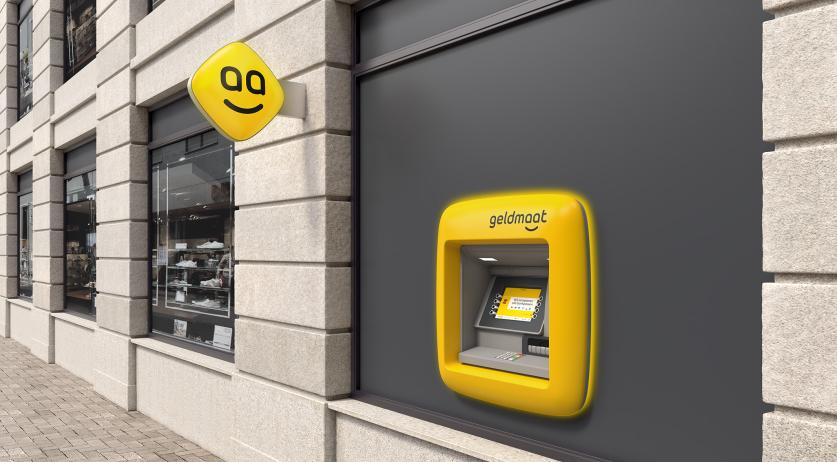ATMs as canaries in the coal mine

Working on innovation for so many years, you end up developing a knack at seeing weak signals before current trends eventually set in. Seeing as quickly ATMs are disappearing from our streets in the Netherlands is such a signal.

In a country where electronic money transfers between individuals are widely used (with the IDEAL electronic system), and contactless payments in-store are the norm (to the point where Apple delayed the introduction of Apple Pay for many years), catching what is the next wave in payment is fairly easy. In that regard, the Netherlands is a few years ahead of the curve of everyone else.
What's also a solid indicator of what's cooking for the rest of Europe is the proverbial no non-sense culture. If it's not broken, don't fix it. But if there's a clear advantage at changing, we'll throw away the past in the blink of an eye. When Covid-19 hit the country, many restaurants that never bothered with a commercial website got up and running with internet orders and home deliveries within weeks.
Seeing in real-time how the Dutch retail banking sector is just getting rid of ATMs should be a fair warning to other countries that are way more risk-averse (*cough*France*cough*) or still dealing with cash as their main payment method (*cough*Germany*cough*).
This logic applies to many sectors and activities. There's always a region around your market a few years ahead for socio-economic reasons. They won't exactly map your future on a given technology. Still, they will give you a clear directionality and, probably as well, what are the core accelerants at play below the radar.





